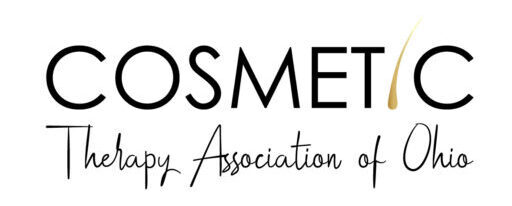Laser Hair Removal
The Ohio State Medical Board recognizes laser hair removal as permanent hair reduction.
What Is Laser Hair Removal?
Laser hair removal is a form of light energy that penetrates into the skin tissue. The energy delivered from the laser is absorbed into the skin, heating the hair follicle with enough energy to destroy the actively growing hair while protecting the surrounding tissue. The concept of laser hair removal “selective photothermolysis” was developed by Dr. Rox Anderson in 1983. Laser hair removal is recognized the Food and Drug Administration as Permanent Hair Reduction. At the present time Permanent Hair Reduction cannot remove hair without pigment (white, gray or red hair) or hair below the orbital bone of the eye.
What Can I Expect During Laser Hair Removal Treatments?
Prior to the laser hair removal procedure the practitioner will explain the type of laser to be used, the type of cooling device to be used during treatments, laser safety procedures, before and after care procedures, side effects of the treatments, the estimated number of treatments that you will require. Most laser practitioners will require that you sign a consent form.
How does laser hair removal feel?
The discomfort level varies from person to person, however the general sensation is like a rubber band snapping on the skin.
How many treatments will I require?
The number of treatments depends on the type of hair to be removal, the condition of the skin, and the growing cycle of the hair and type of laser being used for hair removal. Hair that is in the anagen (growing cycle of hair) phase will only be affected by the laser treatment. National studies indicate that you will need 6-8 sessions to reduce hair permanently; however sessions required will vary from one session to multiple treatments.
Preparing for laser hair removal:
Patients should avoid temporary methods of hair removal for six weeks prior to laser hair reduction. If you have a history of perioral herpes or genitalis prior to laser hair removal, prophylactic antiviral therapy may be prescribed. Certain medications will cause the skin to be photosensitive and may require that treatments be postponed until the medications have been discontinued. Please provide your practitioner with a complete update health history prior to any laser treatments. Recent sun exposure can also delay the treatment sessions. The skin to be treated should be cleaned, avoid of any makeup, creams, oils, and topical anesthetic. The practitioner will provide you with instructions as to removing the hair prior to a treatment; often times the practitioner will photography the area prior to treatment.
What to expect during the treatment:
The skin should be clean, dry, and void of hair. The practitioner may shave the area prior to the treatment.
Laser safety eyewear will be required by both the practitioner and the patient to protect the eyes from the laser light during the procedure.
A test patches will be done prior to the entire treatment. A complete treatment may be done immediately following, depending on your skin reaction.
Patient discomfort varies depending on his/her pain threshold. Topical anesthesia may be required based on the individual tolerance.
Procedures can take as little as a few minutes or up to an hour, depending on the areas treated.
Redness and swelling will appear in the area treated. The redness and swelling may last from a few hours to several days. Ice and cooling gels will relieve this condition.
Avoid sun exposure and wear a sunblock of SPF 25 daily to prevent side effects.
Precautions before laser hair removal:
Avoid the sun for 4-6 weeks before and after the treatment or until the practitioner permits. Wear a sunblock of SPF 25 daily, reapply if you sweat or swim.
Do not wax, tweeze or have electrolysis 6 weeks prior to treatment.
Any changes in health history should be reported prior to ongoing treatments, including changes in medication and sun exposure.
What to expect after laser hair removal:
The area treated will be pink or red from a couple of hours to a couple of days. The hair will begin to shed from the skin in 10-14 days. If the hair does not release from the skin it is permissible to shave the area to remove the hair.
Side effects of laser hair removal:
Risks are minimal; however you may experience redness, swelling, blistering, hyperpigmentation, hypopigmentation, and purpura (a laser bruise). These conditions usually do not last more than a couple of day. Should you experience side effects, please report these conditions to the practitioner.
